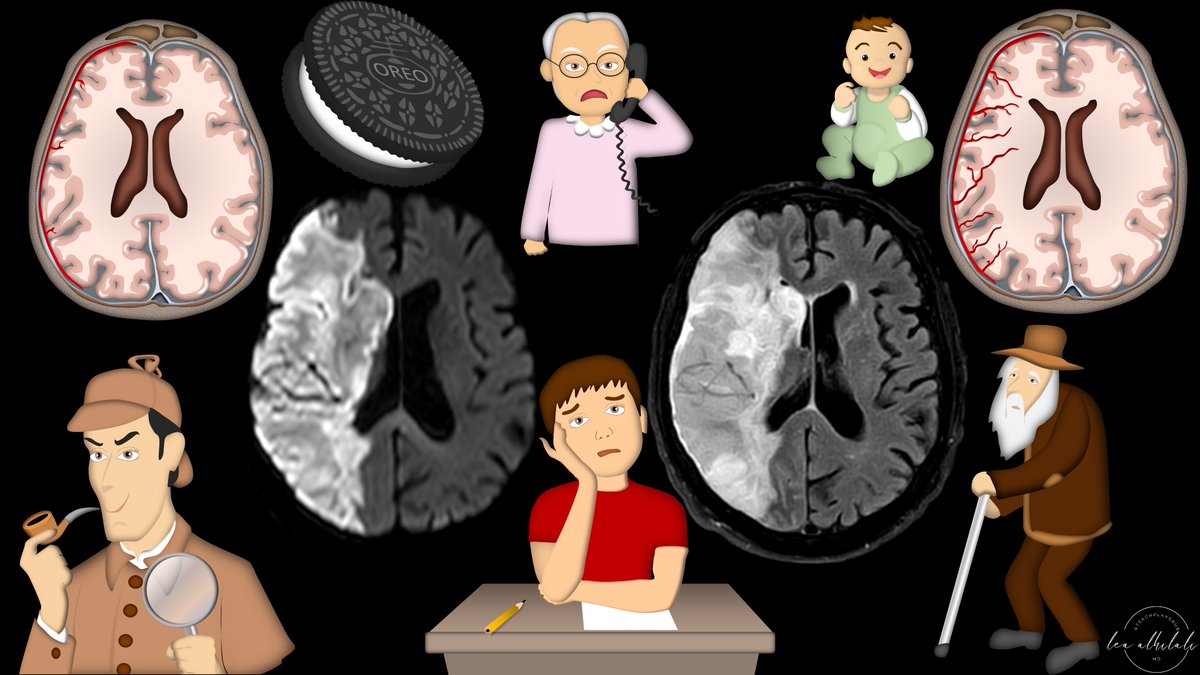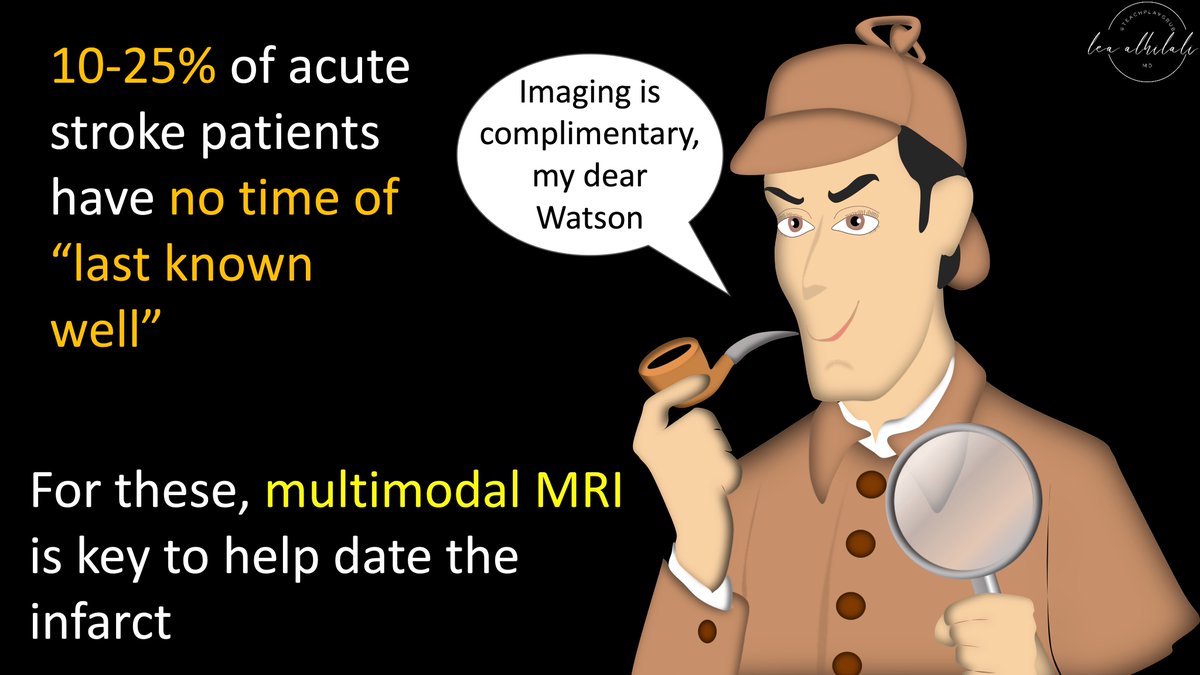1/Do you want a BASIC approach to skullBASE lesions?
My FINAL tweetorial on skullbase lesions—posterior skullbase & overall approach!
This #tweetorial will teach you to diagnose skullbase lesions by answering only TWO simple questions!
#medtwitter #meded #neurosurgery #radres
My FINAL tweetorial on skullbase lesions—posterior skullbase & overall approach!
This #tweetorial will teach you to diagnose skullbase lesions by answering only TWO simple questions!
#medtwitter #meded #neurosurgery #radres

2/Remember, you can think of pathology at the skullbase like bad things that can happen while running. Bad things can get you from below—like falling into a pothole. They can come from within—like a sudden heart attack, or bad things can strike from above, like a lightning bolt 

3/Same thing w/the skullbase—bad things can come from below, within, or above. Lesions from below are potholes tripping you up. Lesions from w/in the skullbase are like heart attacks strikning from inside. Lesions from above are the lightning, hitting the skullbase from above 

4/So what lesions come from below, within, or above? This is determined by what tissues live there. Think of the skullbase like a sandwich. Bones of the skullbase are the filling, sandwich between the bread of the sinonasal cavity & intracranial contents 

5/But it also matters where a lesion involves the skullbase. The different regions of the skullbase are very different, like different countries. Just like different countries have their own culture & traditions, these different skullbase regions of have their own typical tumors 

6/Countries grew different cuisines based on what was plentiful in their area. Like tomatoes grew well in Italy but not England, so Italy has more tomato-based dishes. Same w/the skullbase regions--they have different tumors depending on what tissues are plentiful in their area 

7/We’ve previously reviewed anterior & central skullbase. I think the posterior skullbase looks like the circle of the Greek isles. You can remember pathology in this area by thinking Greek! 

8/For lesions from below, a unique lesion to the posterior skullbase is paragangliomas, glomus jugulare. It classically has a salt & pepper appearance because of the T2 hyperintense stroma (salt) & dark flow voids (pepper), but bc it’s Greek, let’s call it a Tzatziki appearance 

9/For lesions from within, there are no specific lesions—just lesions that are not unique to the skullbase that tend to involve marrow/bones, such as mets/myeloma, Paget’s, etc. But remember, these lesions tend to be multiple—just like there are multiple Greek isles! 

10/Lesions from above come from the intracranial contents abutting the skullbase (dura & cranial nerves). Lower CNs at the posterior skullbase commonly form schwannomas. Remember this bc Greek gyros are basically made w/shawarma meat, & these "shawarmomas" look like little gyros 

12/So for every skullbase lesions, you should ask yourself 2 questions:
Which regions is it located? (anterior, central or posterior)
& Where is it arising from? (from below, from within, or from above)
Which regions is it located? (anterior, central or posterior)
& Where is it arising from? (from below, from within, or from above)

13/The intersection of the answer to these two questions will narrow your differential in this very complex region to only a few entities—possibly even a single entity! 

14/So remember, the skullbase may have many parts, many tissues, and many pathologies, but you only need to answer 2 questions to get you to the correct answer! 

• • •
Missing some Tweet in this thread? You can try to
force a refresh

 Read on Twitter
Read on Twitter






















